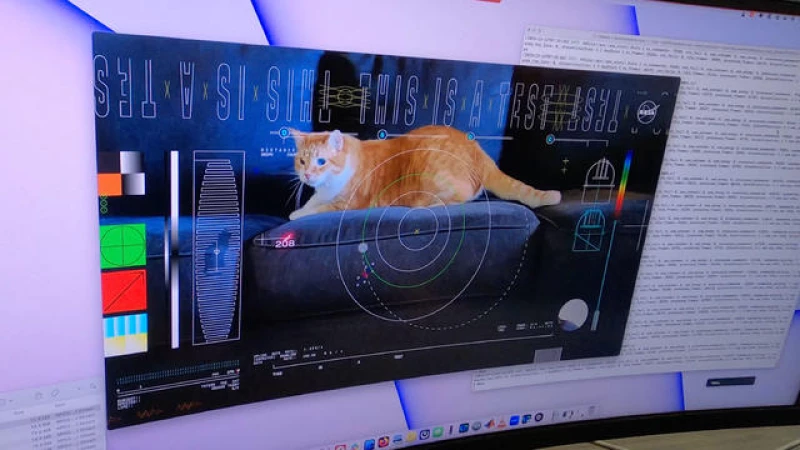NASA Beams Ultra-High Definition Video of Cat Named Taters from Deep Space
NASA has successfully beamed an ultra-high definition video of a cat named Taters back to Earth from a distance of nearly 19 million miles, according to the space agency.
The 15-second video of Taters was transmitted as part of an experiment for NASA's Deep Space Optical Communications. The agency aims to develop the capability to stream high-bandwidth video and other data from deep space, which could be crucial for future human missions beyond Earth's orbit.
The Journey of Taters the Cat to Space
Although animals, including a cat named Félicette, have been sent to space in the past, Taters is not one of them. NASA states that Taters is owned by an employee at the Jet Propulsion Laboratory.
Prior to its launch in October, the video of Taters chasing the red dot of a laser pointer was uploaded to NASA's $1.2 billion Psyche asteroid probe. Psyche is currently on a six-year, 2.2-billion-mile journey to a rare asteroid rich in metals, which could provide insights into the formation of rocky planets like Earth.
The video transmission of Taters took place on December 11 while en route to the asteroid.
During a recent tech demo as part of the Psyche mission, NASA successfully transmitted a video from deep space to Earth. The goal of the demo was to showcase the ability to transmit broadband video across millions of miles. To make the event more memorable, NASA worked with designers at the Jet Propulsion Laboratory (JPL) to create a fun video featuring Taters the Cat.
How was the video transmitted?
NASA used a flight laser transceiver to beam the video as an encoded near-infrared laser from the Psyche spacecraft to the Hale Telescope at Caltech's Palomar Observatory in San Diego County, California. This transmission set a record distance of about 80 times the distance between Earth and the moon. It took just 101 seconds for the laser to reach Earth.
Once the video was received at Palomar, each frame was downloaded and sent to NASA's JPL in Southern California, where it was played in real time. Despite transmitting from millions of miles away, the video was sent faster than most broadband internet connections.
You can watch the video here.
"Despite transmitting from millions of miles away, it was able to send the video faster than most broadband internet connections," Ryan Rogalin, the project's receiver electronics lead at JPL, said. "In fact, after receiving the video at Palomar, it was sent to JPL over the internet, and that connection was slower than the signal coming from deep space."
What does this mean for future space exploration?
The recent successful transmission of high-data-rate signals from the Psyche spacecraft marks a significant milestone in space exploration. NASA has hailed this achievement as a historic moment, as it demonstrates the potential for greater communication capability from deep space.
As the Psyche spacecraft continues its journey towards the main asteroid belt between Mars and Jupiter, it will continue to send back high-data-rate signals to Earth. This increased bandwidth and improved communication technology could play a crucial role in future missions, including the possibility of sending humans to Mars.
"This accomplishment underscores our commitment to advancing optical communications as a key element in meeting our future data transmission needs," said NASA Deputy Administrator Pam Melroy. "Increasing our bandwidth is essential to achieving our future exploration and science goals. We eagerly anticipate further advancements in this technology and the transformation it will bring to communication during future interplanetary missions."







